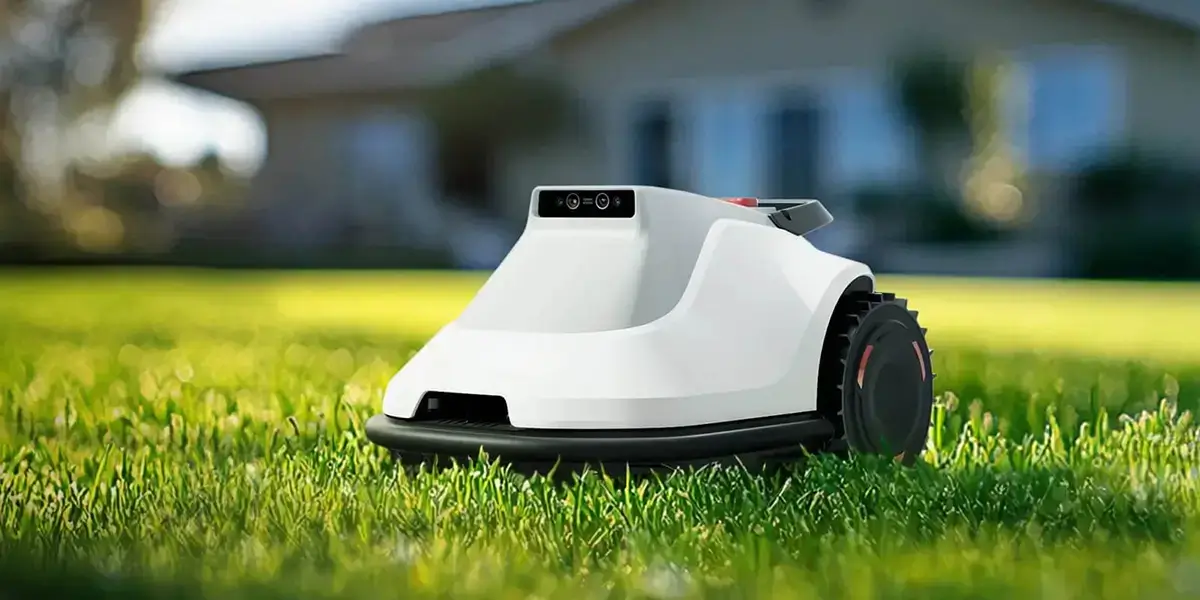part 1:
Mastering CNC Servo Motors Wiring: A Complete Guide to Precision and Performance
Whether you're a seasoned CNC technician or a hobbyist embarking on a new machine build, understanding the intricacies of CNC servo motors wiring is fundamental for achieving accuracy and reliability. Servo motors form the heart of modern CNC machines, translating complex commands into precise movements. Proper wiring isn’t just about connecting wires—it’s about ensuring stability, responsiveness, and longevity of your entire machine.

Why Is Proper Wiring Integral?
In a CNC setup, servo motors are responsible for positioning the axes with extreme precision. The wiring connects these motors to the servo drives or amplifiers, which interpret control signals and power the motors accordingly. Any misstep—like incorrect connection, poor insulation, or inadequate grounding—can lead to issues such as erratic movements, lag, or even hardware damage.
Understanding the Components
Before diving into wiring specifics, it’s vital to familiarize yourself with the core components involved:
Servo Motor: Converts electrical signals into mechanical motion. It typically includes position encoders that feed back the actual position. Servo Drive/Amplifier: Acts as a controller that receives commands from the CNC controller (like Mach3 or LinuxCNC) and supplies power to the servo motors precisely. Power Supply: Provides stable voltage and current necessary for the servo system. Control System (CNC Controller): Sends the motion commands and signals for servo operation. Encoder: Installed on the servo motor, providing feedback to maintain accurate positioning.
Wiring Basics of CNC Servo Motors
The wiring process hinges on understanding the motor type—most modern servo motors are either four-wire or five-wire configurations, depending on whether they include additional features like brake control or second feedback circuits.
Power Wires: Usually two, supplying the main current (often labeled as U/V/W or A/B/C). Encoder Wires: Typically multiple wires conveying position feedback; this might include A, A', B, B', and sometimes a Z or INDEX wire for reference. Brake Wires: Optional, for electronically controlled brakes. Grounding: Ensures safety and noise reduction; often separate from signal grounds.
Step-by-Step Wiring Approach
Power Wiring: Connect the positive and negative power wires from the power supply to the servo drive’s corresponding terminals. Make sure to verify voltage and current ratings—overloading can cause damage.
Motor to Drive Wiring: Connect the U, V, W (or A, B, C) phase wires from the motor to the drive outputs. Use high-quality, shielded cables to minimize electromagnetic interference (EMI). Properly secure these connections to prevent loosening during operation.
Encoder Connection: Connect the encoder wires from the motor to the drive’s encoder input ports. Use shielded cables for encoder lines and ground the shield properly at one end to reduce noise.
Control Signals: The drive expects control signals such as Start/Stop, Direction, and Pulse/Step signals, which originate from your CNC controller. Ensure these are correctly wired according to your drive’s manual, often involving TTL or differential signals.
Grounding and Shielding: Proper grounding is critical for noise reduction and safety. Connect all grounds to a common ground point, and use shielded cables for signal wires, grounding the shield at the control cabinet end.
Safety Tips and Best Practices
Always disconnect power before wiring or adjustment. Use wire gauges recommended by the manufacturer. Secure wires neatly to prevent accidental disconnection or damage. Label all connections for future troubleshooting. Proceed with testing in stages—power only after initial wiring is complete, checking each connection carefully.
Understanding these basics sets the foundation for more advanced wiring configurations and troubleshooting. It also ensures your CNC machine operates smoothly, with minimal downtime and maximum precision.
Shall I proceed with Part 2, where I’ll cover advanced wiring techniques, common troubleshooting issues, and tips for optimal CNC servo motor performance?
Leveraging innovations in modular drive technology, Kpower integrates high-performance motors, precision reducers, and multi-protocol control systems to provide efficient and customized smart drive system solutions.




































